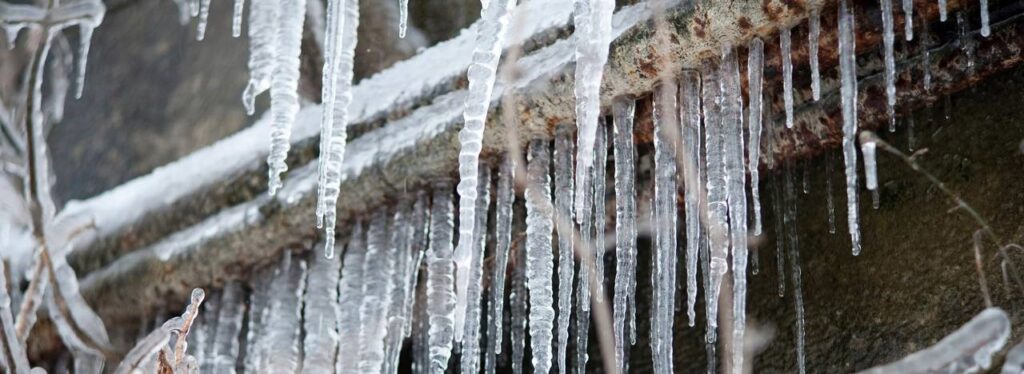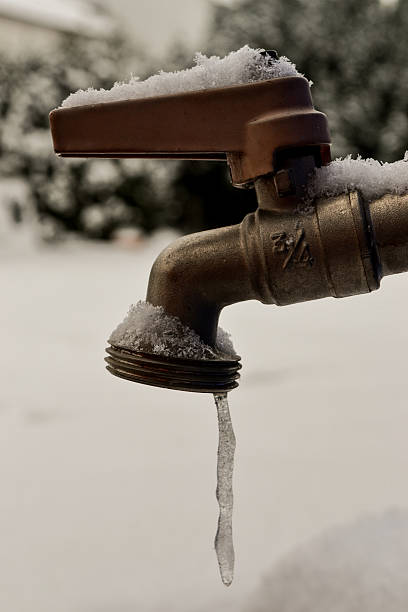Advice for Avoiding Frozen Plumbing in Cold Weather: Specialist Advice
Advice for Avoiding Frozen Plumbing in Cold Weather: Specialist Advice
Blog Article
We have come across this post relating to How to prepare your home plumbing for winter weather down the page on the internet and reckoned it made perfect sense to quickly share it with you here.

Cold weather can damage your pipes, specifically by freezing pipelines. Below's just how to prevent it from occurring and what to do if it does.
Introduction
As temperatures decline, the threat of icy pipelines rises, possibly leading to pricey fixings and water damages. Comprehending exactly how to prevent frozen pipelines is critical for home owners in cool environments.
Recognizing Frozen Pipes
What triggers pipes to freeze?
Pipelines freeze when exposed to temperatures below 32 ° F (0 ° C) for prolonged durations. As water inside the pipes freezes, it broadens, taxing the pipe walls and potentially creating them to break.
Risks and damages
Frozen pipelines can cause water interruptions, building damages, and pricey repair work. Burst pipelines can flooding homes and create extensive structural damage.
Signs of Frozen Pipes
Determining frozen pipes early can avoid them from bursting.
How to determine frozen pipes
Seek decreased water flow from faucets, unusual smells or sounds from pipes, and visible frost on revealed pipes.
Prevention Tips
Shielding vulnerable pipes
Wrap pipelines in insulation sleeves or utilize warmth tape to safeguard them from freezing temperatures. Concentrate on pipes in unheated or external areas of the home.
Home heating strategies
Keep interior rooms sufficiently heated up, specifically areas with pipes. Open closet doors to permit warm air to circulate around pipes under sinks.
Securing Exterior Plumbing
Yard hoses and outside faucets
Disconnect and drain pipes garden hoses before winter months. Mount frost-proof faucets or cover exterior taps with protected caps.
What to Do If Your Pipelines Freeze
Immediate activities to take
If you think frozen pipelines, keep taps available to ease pressure as the ice melts. Use a hairdryer or towels soaked in warm water to thaw pipelines slowly.
Long-Term Solutions
Architectural adjustments
Think about rerouting pipes far from outside walls or unheated locations. Include added insulation to attic rooms, cellars, and crawl spaces.
Updating insulation
Purchase top notch insulation for pipes, attic rooms, and wall surfaces. Proper insulation assists keep consistent temperature levels and reduces the danger of icy pipes.
Verdict
Stopping icy pipelines requires proactive actions and quick responses. By recognizing the reasons, signs, and preventive measures, home owners can shield their pipes throughout winter.
5 Ways to Prevent Frozen Pipes
Drain Outdoor Faucets and Disconnect Hoses
First, close the shut-off valve that controls the flow of water in the pipe to your outdoor faucet. Then, head outside to disconnect and drain your hose and open the outdoor faucet to allow the water to completely drain out of the line. Turn off the faucet when done. Finally, head back to the shut-off valve and drain the remaining water inside the pipe into a bucket or container. Additionally, if you have a home irrigation system, you should consider hiring an expert to clear the system of water each year.
Insulate Pipes
One of the best and most cost-effective methods for preventing frozen water pipes is to wrap your pipes with insulation. This is especially important for areas in your home that aren’t exposed to heat, such as an attic. We suggest using foam sleeves, which can typically be found at your local hardware store.
Keep Heat Running at 65
Your pipes are located inside your walls, and the temperature there is much colder than the rest of the house. To prevent your pipes from freezing, The Insurance Information Institute suggests that you keep your home heated to at least 65 degrees, even when traveling. You may want to invest in smart devices that can keep an eye on the temperature in your home while you’re away.
Leave Water Dripping
Moving water — even a small trickle — can prevent ice from forming inside your pipes. When freezing temps are imminent, start a drip of water from all faucets that serve exposed pipes. Leaving a few faucets running will also help relieve pressure inside the pipes and help prevent a rupture if the water inside freezes.
Open Cupboard Doors
Warm your kitchen and bathroom pipes by opening cupboards and vanities. You should also leave your interior doors ajar to help warm air circulate evenly throughout your home.

We had been guided to that report about Preventing and dealing with frozen pipes from a friend on a different web address. Do you know someone else who is interested by How to Prevent Your Pipes From Freezing? Be sure share it. Thanks so much for your time spent reading it.
Book 24/7 Report this page